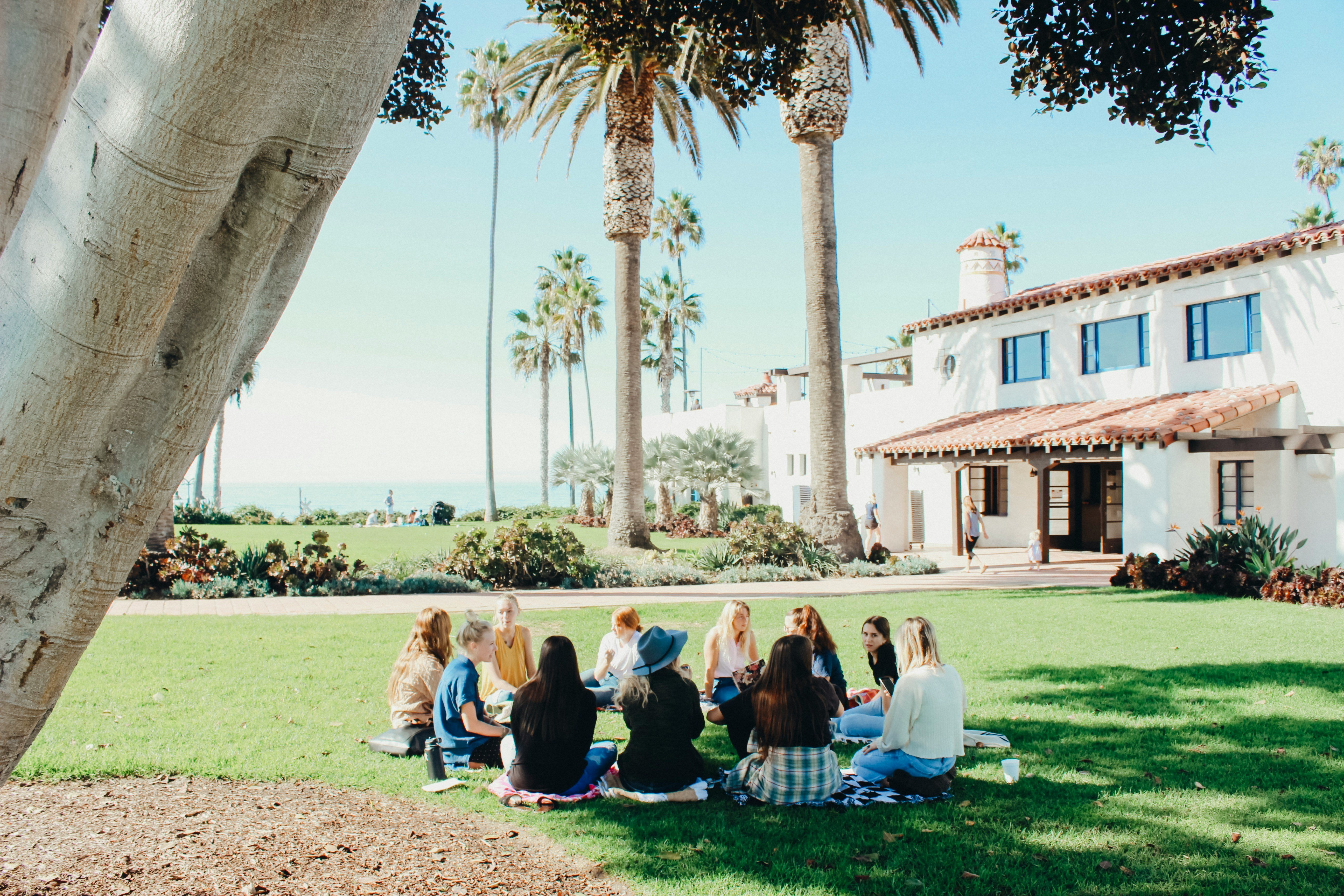
Insight
Entering communities and building relationships
Trauma-informed research: Part 2
About this series
This blog post is the second in our series about trauma informed research tactics. To read more about what trauma informed research is, and why we’re talking about it, read the first post in the series.
Bloom’s approach to trauma-informed research includes “entering a community” — this is about how we find research participants and get to know people in the context of their communities.
Our approach to entering communities
Build with the community
What it involves: Similar to connecting with others at work and outside of work, it’s important to develop trust, rapport, and a certain level of camaraderie with those who participate in research studies to create an environment where they feel at ease.
As researchers, we want to make it less taxing for participants to share and explain their experiences. How we approach them also affects the information that is shared by participants, as well as what is heard by researchers, and the perspectives used to inform the design or improvements to the design of a service.
A tactic I’ve used to connect to research participants is to incorporate food, culture, other shared experiences, and humor. One successful example is from a previous research project of mine where I was investigating the end-to-end experience of a migrant at the U.S. Southwest border. When I was on the border, I had only 15–20 minutes to establish trust and respectfully learn from one migrant who had crossed the night prior and had lived through traumatic events.
After sharing what country they began their journey from, I noticed their tense body language (which was completely understandable and expected), and I immediately resorted to speaking about the delicious culinary treasures from their motherland. The way we oohed and aahed about the dishes and flavors broke through the tense air in the room. The intention was to make them feel seen as a whole person and not just a research subject. After exchanging culinary inspired stories and memories, they were able to feel more at ease and relaxed about responding to the general questions that followed (we were sure to be trauma informed in our approach, and non-invasive).
Why we do it: We are all human — whether we are the researcher or the one whose experience is being researched. It’s critical to create or try our best to create spaces that feel easy to be in and not ones that feel frightening, stuffy, or difficult to exist in. As researchers, we want those who participate in studies/projects to feel as comfortable as realistically possible. I say, “realistically,” because it’s not always realistic in every situation.
Our goal is to pay attention to all of the details during the research session to then follow their verbal and non-verbal leads and cues, similar to driving on a busy highway or intersection when it’s precipitating. We meet people where they are and build relationships out of respect for our fellow humans and for longevity. There is a chance that in the future, those who participated in the research study/project, will fondly remember you and refer you to others in their most trusted circle for additional research.
“Center the people” — a core Bloom Value
What it involves: When my colleagues were putting together the project team, they asked me if I would be a lead facilitator for parts of the research of this project. I am a native Spanish speaker and my first language growing up was Spanish.
My colleagues essentially said, “You’re best suited to have these conversations because of your native language skills, cultural commonalities, and first-hand immigrant experience. Please lean on us for support, but lead the way.” This is a great example of thinking about the best messenger for the community.
Why we do it: No group is a monolith, but lived experiences can help us learn more about individuals and help those who participate in research studies/projects feel more at ease. A lived experience is first-hand understanding shaped by our social and cultural contexts.
When a researcher has the same lived experience as the research participant, the researcher can pick up on things that are unspoken and might otherwise be missed. It may even help with trust building. ”This researcher looks and/or sounds like me and my family and might understand me a little differently than others. I’ll give this study a chance and not hold back on my experience.”
This is not to say that a researcher should not speak with those who do not have shared lived experiences, but rather to say there is value in pausing at the planning stage of projects and positioning colleagues who are best suited to enter particular communities. It’s about having humility and centering the human we are seeking to learn from.
One of my most memorable moments at Bloom was during a focus group in Philadelphia at a kinship care resource center. It was special because a group of grandparents welcomed us with warmth into their sacred space, where they go to get away and be in community with other grandparents.
Two of us (UX researchers) were talking to a group of grandparents and they were sharing stories about their favorite meals. The laughter in the room was contagious, the culinary discussion bridged our generations and opened the door to making the participants feel more at ease during the session. Difficult questions about their personal experiences taking over the care of their grandchildren were more comfortable to answer because we were beginning to establish a relationship.
We are constantly iterating on ways to connect with different communities in dignified ways. The learning never stops — we invite you to join us on the journey as we continue to share more about our research practices.
